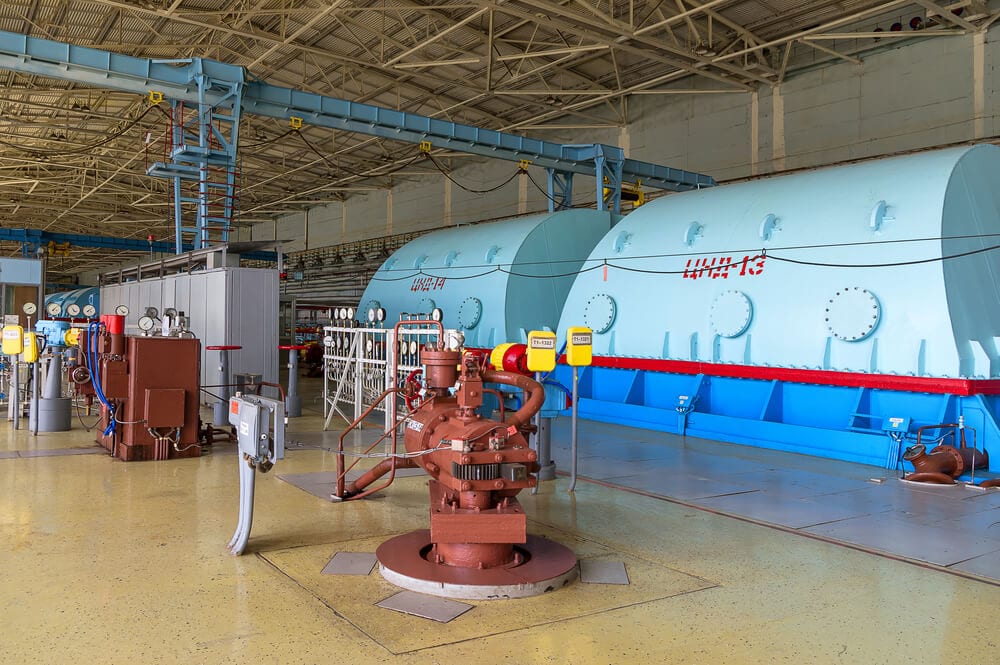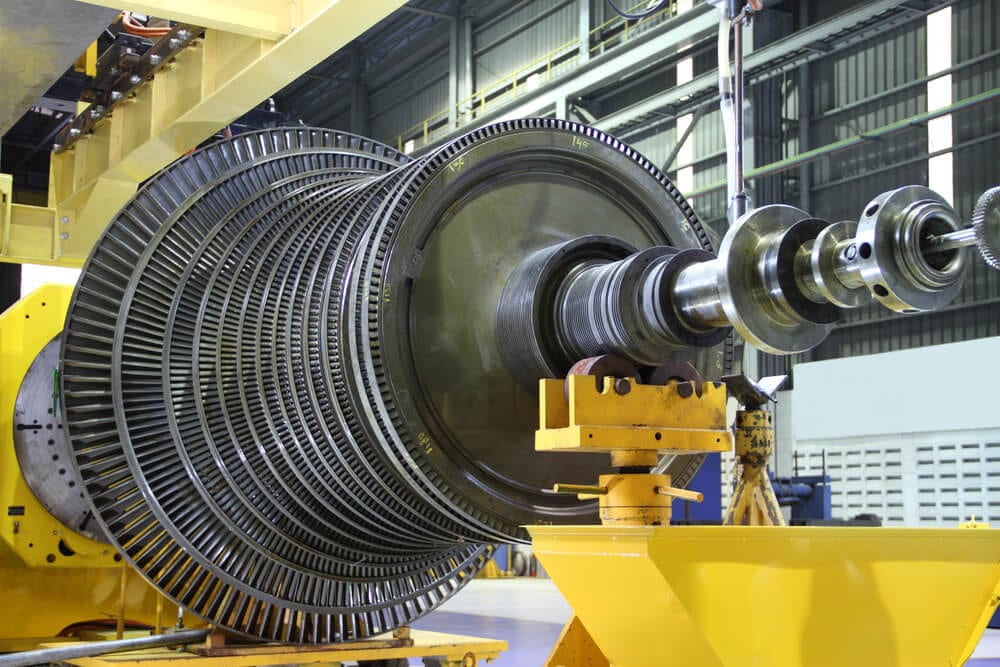As the power generation industry continues to drive forward a greater demand for efficiency, technology needs to exceed expectations.
One of the essential parts of a cogeneration or combined cycle mode is a Heat Recovery Steam Generator, commonly referred to as HRSGs. Located between a diesel generator or gas turbine and a steam turbine, they produce electricity with steam. To better understand this power generation process consult power industry experts.
Consultants, plant engineers, and all others working in this industry can utilize this information to better understand how heat recovery steam generators help improve the industrial process.
Read on to learn more about the design, operation, and overall function of HRSGs.
Understanding How HRSGs Function
Heat Recovery Steam Generators are heat exchangers that capture the heat released from a gas turbine. Nestled between the steam turbine and the gas turbine, the HRSG helps enhance efficiency, reduce fuel expenses, and shrink the greenhouse effect.
The latter process is due to the addition of a Selective Catalyst Reduction (SCR). This system reduces the number of nitrogen oxides released in the atmosphere. Nitrogen oxides largely contribute to smog and acid rain.
How Do They Work?
The system heats water-containing tubes to 650 degrees Celsius. Recovered heat becomes steam when the water is held in highly pressurized areas at 200 degrees celsius. Steam produced is then collected and used as an energy source for power-generating steam turbines.
While the design has largely remained the same, there are countless variations available. HRSGs are manufactured, delivered, and used in nearly every chemical process industry (CPI) plant due to their high efficiency and output. Utilizing the best in industrial equipment is vital to ensure continued performance.
High-Efficiency Design Enhancements
It’s imperative to research the latest trends in HRSG design to maintain a high-efficiency operating system. One such design focuses on yielding maximum energy recovery through the use of multiple-pressure units. HRSG design focuses on other key usage areas, such as auxiliary firing, high-temperature superheaters in cogeneration units, reheaters in combined-cycle plants, and the furnace firing in small units.
These primarily focused points all aim to maximize steam generation to improve fuel utilization.
Operation Modes
Heat recovery steam generators contain two operation modes: cogeneration and combined-cycle mode. Cogeneration mode means that process applications primarily use the steam made from HRSGs. Combined-cycle mode is where a steam turbine generator produces steam.
When used in combined cycle mode, HRSGs have enhanced the overall combined system efficiency to nearly 60%. While both modes improve overall plant efficiency, cogeneration modes offer the most economical and environmental benefits with up to 90% efficiency.
HRSGs can also be used in different processes, depending on the module used. In the cogeneration mode, HRSG produces steam for process applications. On the other hand, the combined cycle mode produces steam transferred to a steam turbine generator for power creation.
In general, both the combined cycle and cogeneration modes lead to increased plant efficiency. Therefore, incorporating an HRSG offers monetary benefits and significant value to the plant owner.
HRSG Design
There are three main modules within the heat exchanger: the superheater, evaporator, and economizer. Each section works in unity to capture excess energy through the power-generating process.
- Economizers: An economizer preheats feed water while also replacing the steam removed. When the water nears boiling point, it releases to the next section’s steam drum.
- Evaporators: An evaporator is mainly a boiling section. Here, the heat emitted from gas turbine exhaust systems turns the water-filled tubes into steam. This section also prevents cold water from flooding the boiler.
- Superheaters/Reheaters: Since steam turbines run on dry steam, it’s essential to have saturated steam from evaporators converted. Superheaters and reheaters are devices used to transform wet or saturated steam into dry steam. Since steam turbines run on dry steam, it’s essential to have this steam converted in combined cycle modes. In a cogeneration mode, the steam can be applied to processes.
As you can see, these significant parts of a HRSGs work to recover heat from combustion turbines and hot gas streams. Even with a compact design, the HRSGs can increase efficiency and aid in industrial processes. Not to mention, smaller units also reduce an overall installation footprint.
HRSG Classifications
Several different classifications of HRSGs vary based on design, heat input, and pressure level.
Structural Design
There are two main design styles of HRSG: vertical or horizontal. In large units, it’s prevalent to design HRSG evaporative tubes horizontally with a square flue gas passage. Gas in horizontal generators flows horizontally through vertical coils.
On the other hand, in vertical-type HRSGs, the primary heat exchange tubes are placed vertically. Gas flows vertically through the horizontally placed coils. This style is more commonly used in smaller units due to its reduced footprint area.
Since both designs cost essentially the same, it comes down to preference, maintenance, footprint area, specific requirements, etc.
Heat Input
Since HRSGs rely on exhaust heat created from gas turbines, this is another classification type. Two areas where problems occur are part loads and turbine performance. Supplemental firing, or duct firing, is often required to counteract these challenges since it has a higher electrical output with lower capital costs.
Pressure Level
Pressure is a relatively straightforward classification level. Inside one steam drum of the single-pressure HRSG, steam is produced on a single pressure level. Conversely, multi-pressure units contain multi-pressure circuits.
Discover How Heat Recovery Steam Generators Help Industrial Process
Incorporating HRSG technology creates improved flexibility, optimized performance, and reliability. That’s why Lindberg Process focuses on working with manufacturers on the latest HRSG technology with the primary goal of improving plant operability.
Several modular construction options allow for customizations to fit each site’s requirements. Not only do HRSGs benefit the power generation industry, but they also help to reduce greenhouse gas emissions when used in tandem with combustion turbines.
Lindberg Process strives to provide the highest quality equipment in energy & combustion systems for all industrial, power, and mining fields by partnering with local manufacturers.
Contact Lindberg Process to learn more about how heat recovery steam generators help industrial processes.






